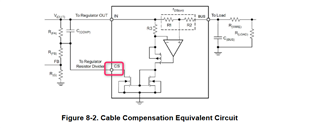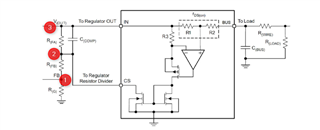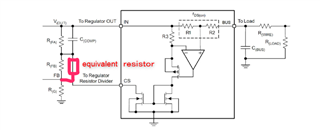Hello Team,
About the CS pin of TPD3S713A-Q1,
Is it dynamic or fixed compensation?
If dynamic,how to choose the DCDC feedback resistor R(FA)?
If fixed,I can choose the R(FA) according to the actual compensation voltage after test,then what's the function of CS pin?





